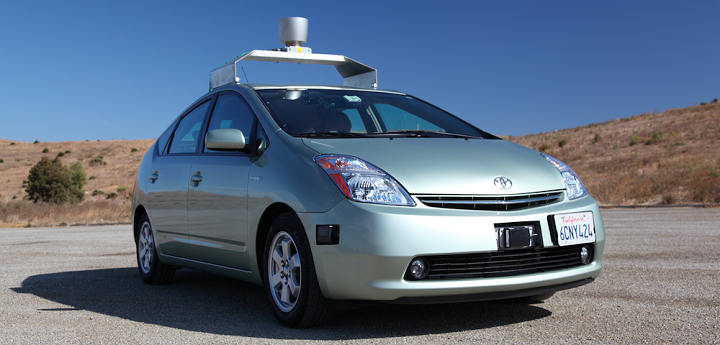Google Inc., the leader of the search industry, has made its motto very clear; innovation and technological advancement that can make life simpler and easier for people. The company has made a huge number of investments in different industries such as the health industry and has brought some great results. In the technology industry, the company has been working on a variety of things such as Google Glass, which is basically a computer. One of the latest investments of the firm is that of driverless cars that would make it easier for people to travel around without having to learn how to drive.
But, the company seems to have hit some hitches with the launch of its cars. The company is being forced to add pedals and a steering wheel to these cars because new rules concerning testing have been introduced. According to these new rules, in the case of a software mishap, humans should be able to take control of the car. The Department of Motor Vehicles of California has issued a new directive regarding testing of autonomous cars. It states that when needed, drivers should be able to take ‘physical control’ of the car immediately. This means that the search engine giant will now have to add manual controls to their cars before they can be driven on public roads.
Previously, the company had used existing cars for fitting hardware that could enable autonomous driving. However, earlier this year, the company unveiled driverless cars as prototypes that lacked any pedals and steering wheels. The problem facing the company is that the new rules will take effect on September 16th. By that time, the cars will not be considered legal enough to be driven on public roads. Instead of testing them in different states or in private roads, Google has announced that it would install a temporary pedal system and steering wheel.
The only issue with this installation is that it will dampen the magnificence of the original design of the car, which had been small, but had still allowed passengers to have a lot of space because of the absence of a pedal box and steering wheel. A spokeswoman of the company said that the added features would allow the users to test the self-driving ability of the car without losing control. Now, 100 of these autonomous cars will be made by Google that will have temporary controls and will not go more than 25mph.
Members of the public will be able to test the cars next month on private roads and they will be able to use the cars on public roads within 2 years. Bernard Soriano, the Californian official who drafted the rules said that when the company began its testing on public roads, there was a possibility that rules would be relaxed and cars without steering wheels and pedals would be made. It was revealed earlier this week that the driverless cars of Google had been given permission to break the speed limit by 100mph.











![Watch Video Now on xiaohongshu.com [以色列Elevatione perfectio X美容仪 perfectio X 全新仪器黑科技了解下]](https://www.techburgeon.com/wp-content/uploads/2019/07/perfectiox-singapore-150x150.jpg)
